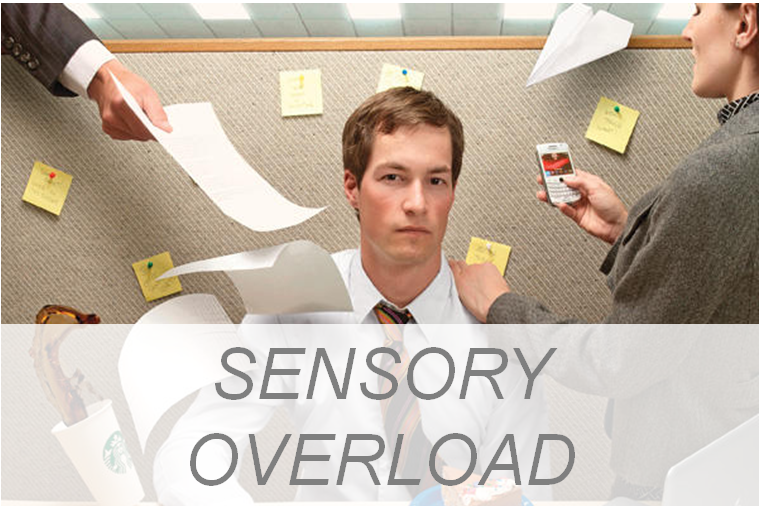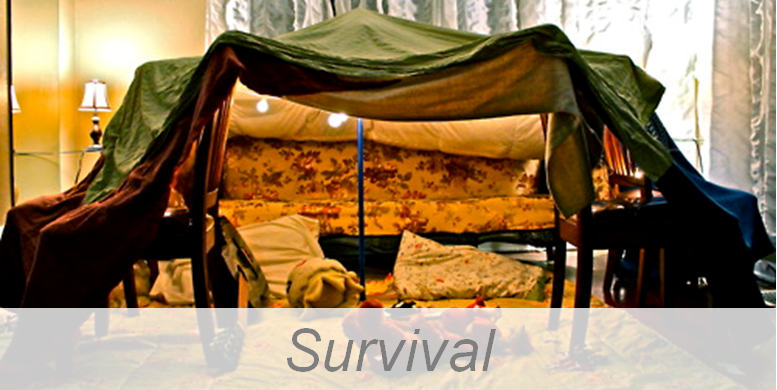
As humans, we all have a need to feel safe. We often refer to our safest spaces as our “happy place”. On the surface, your “happy place” might be different from your neighbor’s, but at the core, everyone’s “happy place” is merely a space where they feel physically and emotionally safe.
This need for a “happy place” has always been with us, embedded deep in our lizard brain. After a long day of fighting for survival, our ancestors needed to retreat to a safe place. Even cavemen needed to let their guard down for a while and take a break from the stresses of their day. Without a safe place to rest, you were exposed to a myriad of dangers and always had to be on high alert, a very taxing way to exist.
This response to stress from our environment continues, but it’s no longer saber tooth tigers and packs of velociraptors that trigger our fight/flight mechanism. Today, we do not face daily life and death situations the way our ancestors did. Instead, our modern western society is filled with emotional and psychological stress; an overflowing inbox, deadlines, bosses, personal relationships, money problems, traffic and the list goes on and on. All these things trigger stress, and when it becomes overwhelming we suffer from sensory overload. Our natural response as humans is to seek our “happy place,” somewhere we feel safe from the overwhelming stress around us.
As kids, we built blanket forts in our living rooms. It was a space that was ours and ours alone, to feel not only safe but also in control of our surroundings as we looked out beyond the blanket. As adults, we try to recreate this feeling of security and safety with architecture, interior design and the furnishings we choose for our modern spaces.
As a furniture designer and manufacturer, our expertise lies in creating products that provide this sense of security and enabling users to work in an optimal mental, physical and emotional state. This optimal state is what best allows people to absorb information, focus, think deeply as well as collaborate and create.
In this series, we’ll break down the four elements of Personal Space, Haven, Comfort, and Durability to explain how each plays a role in furniture design that accommodates natural human behaviors, and promoting feelings of safety and security for users to better accomplish tasks and enjoy the space.


